Foxglove Care Guide: How To Grow Foxglove Flowers
The foxglove flower, while toxic, is a beautiful stately ornamental addition to any garden and an easy-growing self-seeding plant. Just don’t ingest it or grow it where children or pets might play.
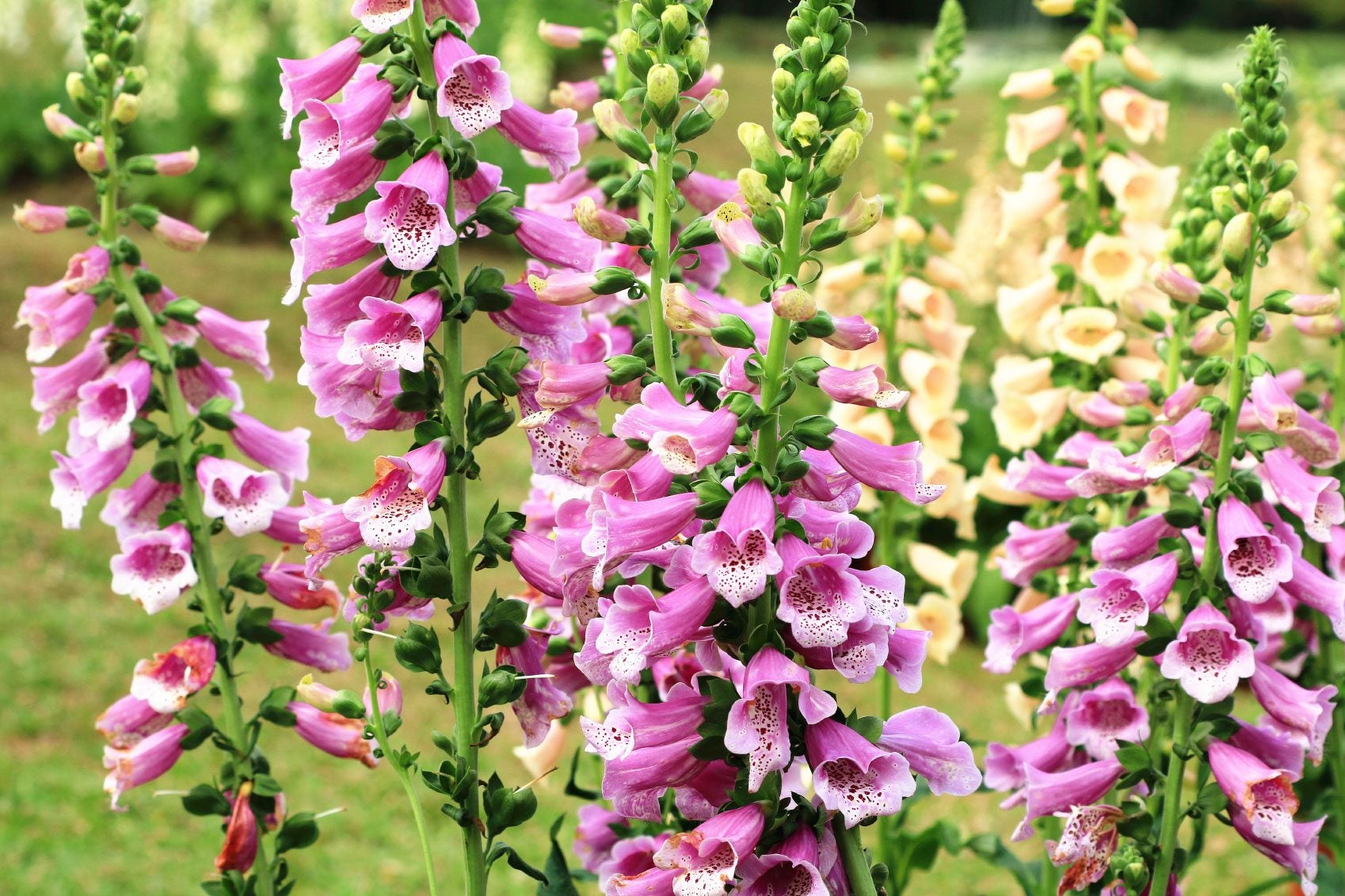
Foxglove Care: Beginner’s Guide To Growing Foxglove
First, and perhaps most importantly: Is foxglove poisonous? Though they are beautiful, foxglove flowers are known for their immense toxicity. All parts of the plant, including foxglove leaves, contain cardiac glycosides. When ingested, these compounds cause a wide range of symptoms, each with great severity. Irregular heartbeat, low blood pressure, and collapse are most common and, ultimately, result in death.
Foxglove should be planted with caution, paying special attention to the safety of children and pets that may frequent the garden. With ornamental beds, contact with the plant’s leaves may also be of concern, as they are known to irritate the skin in sensitive individuals.
Basic Foxglove Care
Many consider foxglove to be an easy-to-grow addition to the landscape. Provided that their ideal conditions for growth are met and planting beds are kept free of weeds, you can expect foxglove plants to begin blooming in early summer of their second growing season.
Especially large plants may benefit from stakes or horizontal trellis netting to help support the large blooms. Deadheading, pruning, and other garden maintenance tasks may also be necessary after they’ve ended flowering, which encourages the plant’s return in the coming seasons.
Soil & Fertilizer Needs
Foxglove plants are well-adapted to a wide range of soil types, but they grow best in soil that’s slightly acidic. A soil test at the beginning of the growing season helps to better determine whether or not the addition of amendments are needed in garden beds. Planting sites with good drainage are ideal.
Provided the soil is nutrient-rich, foxgloves seldom require additional fertilization beyond planting. Some gardeners like to apply a balanced, slow-release feed in early spring before the foxglove’s flower buds have started to form.
Water & Light Requirements
Foxglove plants benefit from weekly irrigation throughout the summer. Soaker hoses or drip irrigation lines, which allow the plant’s root zone to be watered deeply, work well to keep them healthy.
Gardening tips, videos, info and more delivered right to your inbox!
Sign up for the Gardening Know How newsletter today and receive a free copy of our e-book "How to Grow Delicious Tomatoes".
Foxgloves perform well under a wide range of lighting conditions, but those that receive full sun will produce the strongest blooms. Foxglove plants benefit from shade throughout the hottest parts of the day which doesn’t have a negative impact on the production of flowers.
How to Grow Foxglove from Seed
Foxglove plants are considered a biennial or short-lived perennial. Biennial plants are those that produce foliage throughout their first growing season, and begin flowering the next. This means that if you plan to grow foxglove from seed you’ll need patience as the plants grow and establish themselves within beds.
Though each seed is quite small, the process itself is relatively easy. Foxglove seeds can be sown indoors in very early spring, or planted outdoors in the fall. Foxglove seedlings will overwinter readily within their hardiness range, only seldom needing additional protection from cold temperatures.
Pruning
When they’re allowed to produce seed, foxglove plants will volunteer readily. Though you may delight in the plant’s ability to self-seed, some gardeners find this trait to be problematic. Deadheading, or removing faded flowers, is key in preventing the development of seed. Trimming back flower spikes will also help to maintain a tidier appearance within your garden beds, and may even promote the production of additional flowers.
Problems, Pests, & Diseases
Though foxglove plants thrive in consistently moist soils, making sure plants don’t become waterlogged is vital. Oversaturated soils contribute to the development of fungal diseases, such as anthracnose and leaf spot. Root and crown rot may also lead to the loss of flowers that have been planted under less-than-ideal conditions.
Foxglove aphids especially interested in this plant. Like most aphids, these pests feed on, and may even transmit various viruses throughout the garden. Most infestations can be controlled organically, and only seldom lead to the loss of plants.
Foxglove Varieties
Following is a short list of some of our favorite foxglove varieties:
Apricot Beauty Foxglove
Camelot Series Foxglove
Dalmation Series Foxglove
Snow Thimble Foxglove
Yellow Spear Foxglove

Becca Badgett was a regular contributor to Gardening Know How for ten years. Co-author of the book How to Grow an EMERGENCY Garden, Becca specializes in succulent and cactus gardening.
-
 Looking For Plants To Give You The Soft And Fuzzies? Try These 5 Fuzzy Leaf Plant Options
Looking For Plants To Give You The Soft And Fuzzies? Try These 5 Fuzzy Leaf Plant OptionsLovers of texture, drama, silver foliage and tactile plants will adore these special sensory garden additions. These fuzzy leaf plant options will leave you all aglow
By Susan Albert
-
 Get Ready For A Summer Of Hummers! Grow These Full Sun Hummingbird Plants and Flowers
Get Ready For A Summer Of Hummers! Grow These Full Sun Hummingbird Plants and FlowersIf you’re lucky enough to enjoy a sunny backyard, make sure you are maxing out on your pollinator opportunities and grow these full sun hummingbird plants and flowers
By Tonya Barnett
-
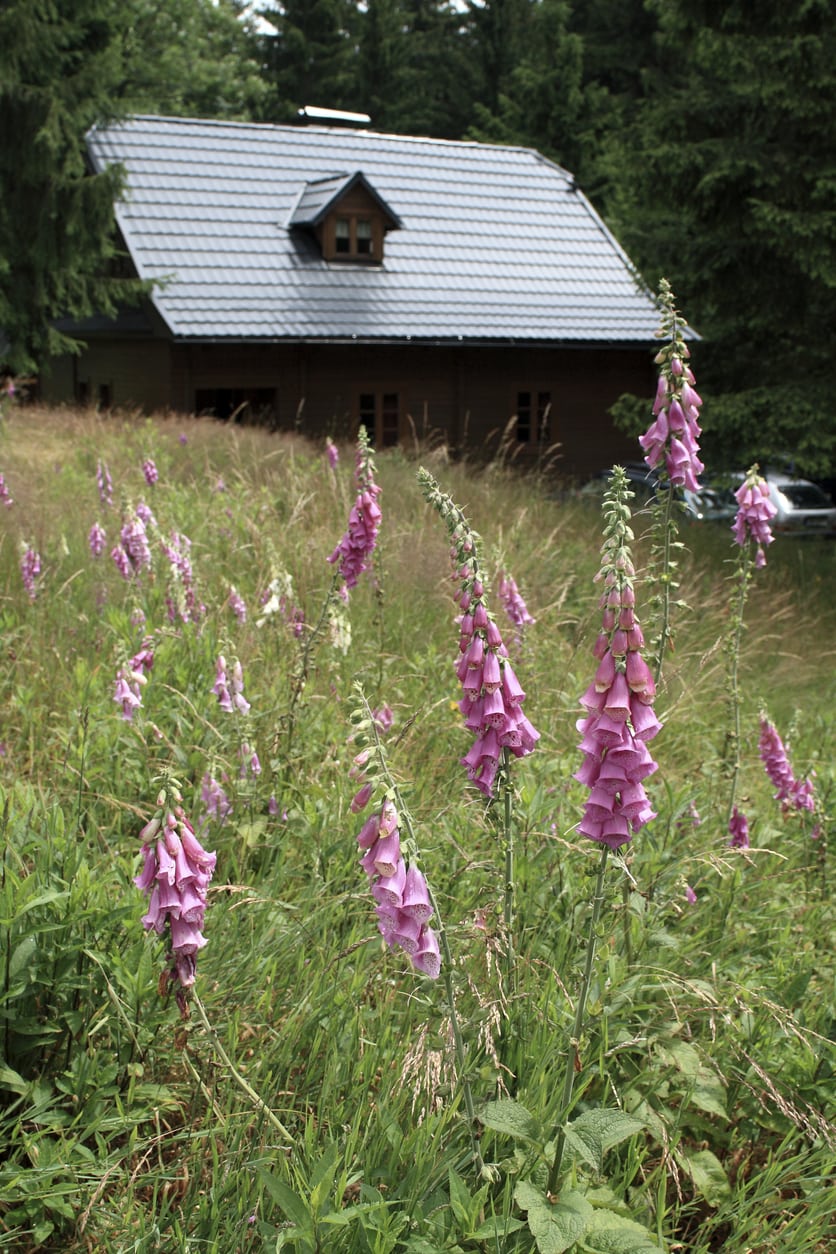 Supporting Foxglove Plants – Tips For Staking Foxgloves That Get Too Tall
Supporting Foxglove Plants – Tips For Staking Foxgloves That Get Too TallDue to the wide variation in available cultivars, many growers may be left wondering about foxglove flower support. Although dwarf varieties of foxglove are very common, others may reach heights as tall as 6 feet (2 m.). Learn more about foxglove plant support here.
By Tonya Barnett
-
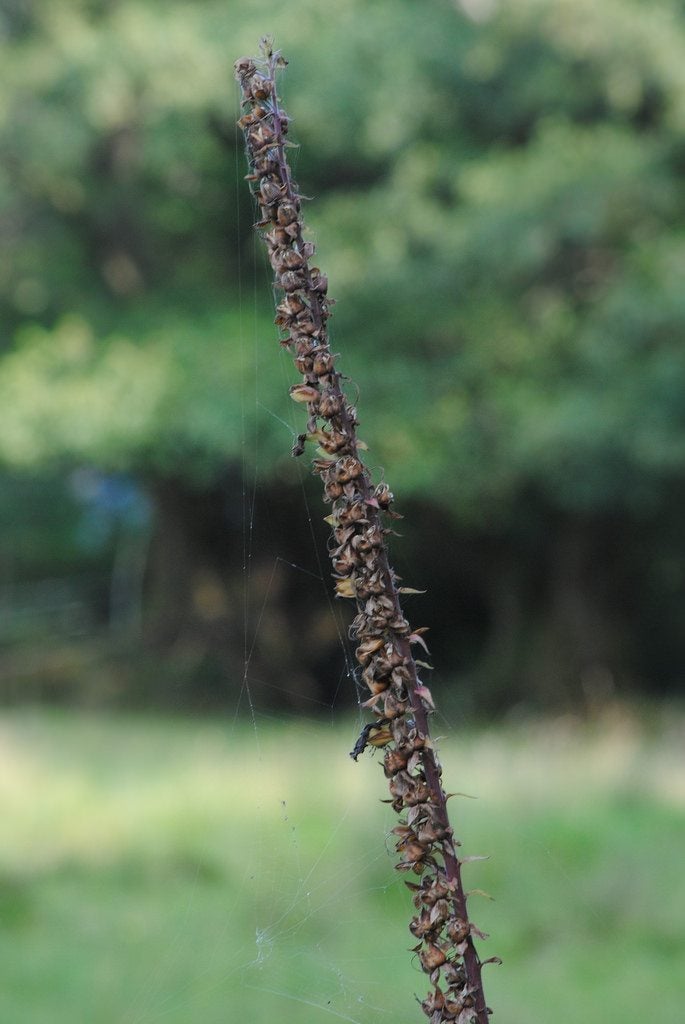 Foxglove Seed Harvesting – How To Save Foxglove Seeds For Next Season
Foxglove Seed Harvesting – How To Save Foxglove Seeds For Next SeasonFoxglove self-sows easily in the garden, but you can also save seeds from mature plants. Collecting foxglove seeds is a great way to propagate new plants for planting in other areas or for sharing with gardening family and friends. Learn more in this article.
By Mary H. Dyer
-
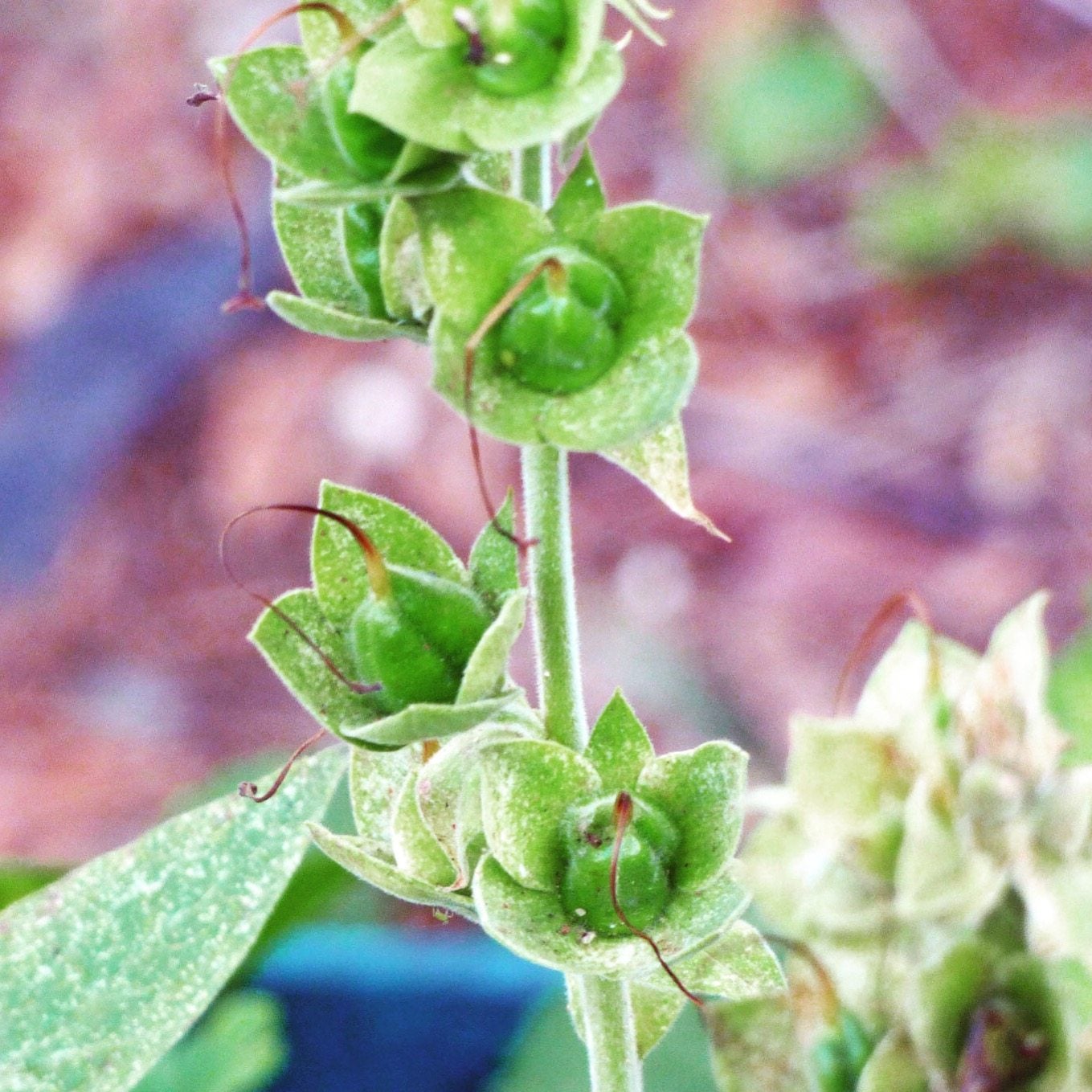 Foxglove Winter Care: Learn About Foxglove Plant Care In Winter
Foxglove Winter Care: Learn About Foxglove Plant Care In WinterBecause of their short life span, foxgloves are planted in succession, so that each season a set of foxglove blooms. However, not preparing them properly for winter can throw this succession planting off. Learn about winterizing foxglove plants in this article.
By Darcy Larum
-
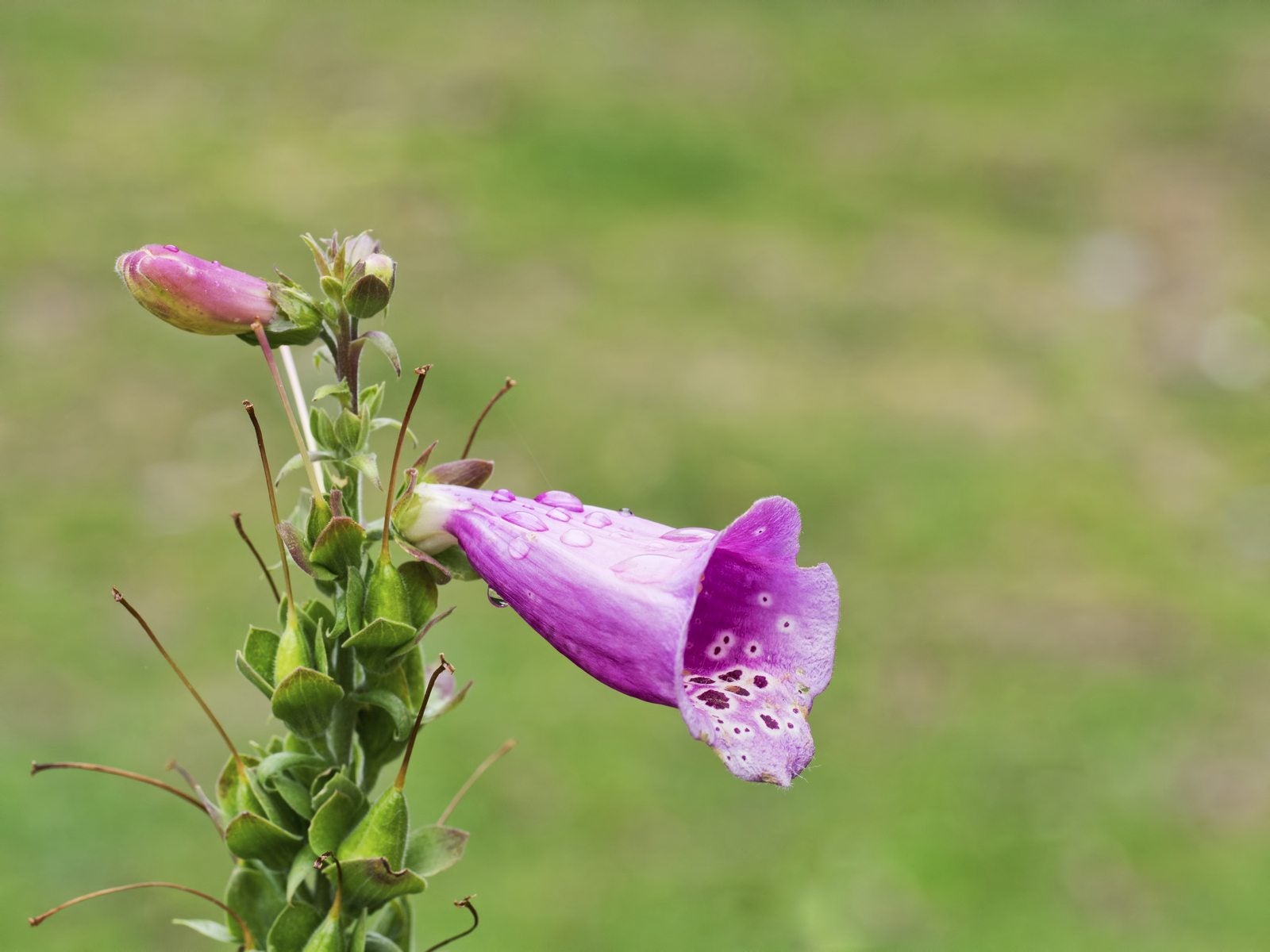 Removing Spent Foxglove Flowers – How Do I Deadhead Foxglove Plants
Removing Spent Foxglove Flowers – How Do I Deadhead Foxglove PlantsShould you deadhead foxglove? Unless you want foxglove in every corner of your garden, it is wise to deadhead these lovely blooms. Deadheading foxglove plants can minimize their spread, but it has added benefits as well. Click here for more details.
By Bonnie L. Grant
-
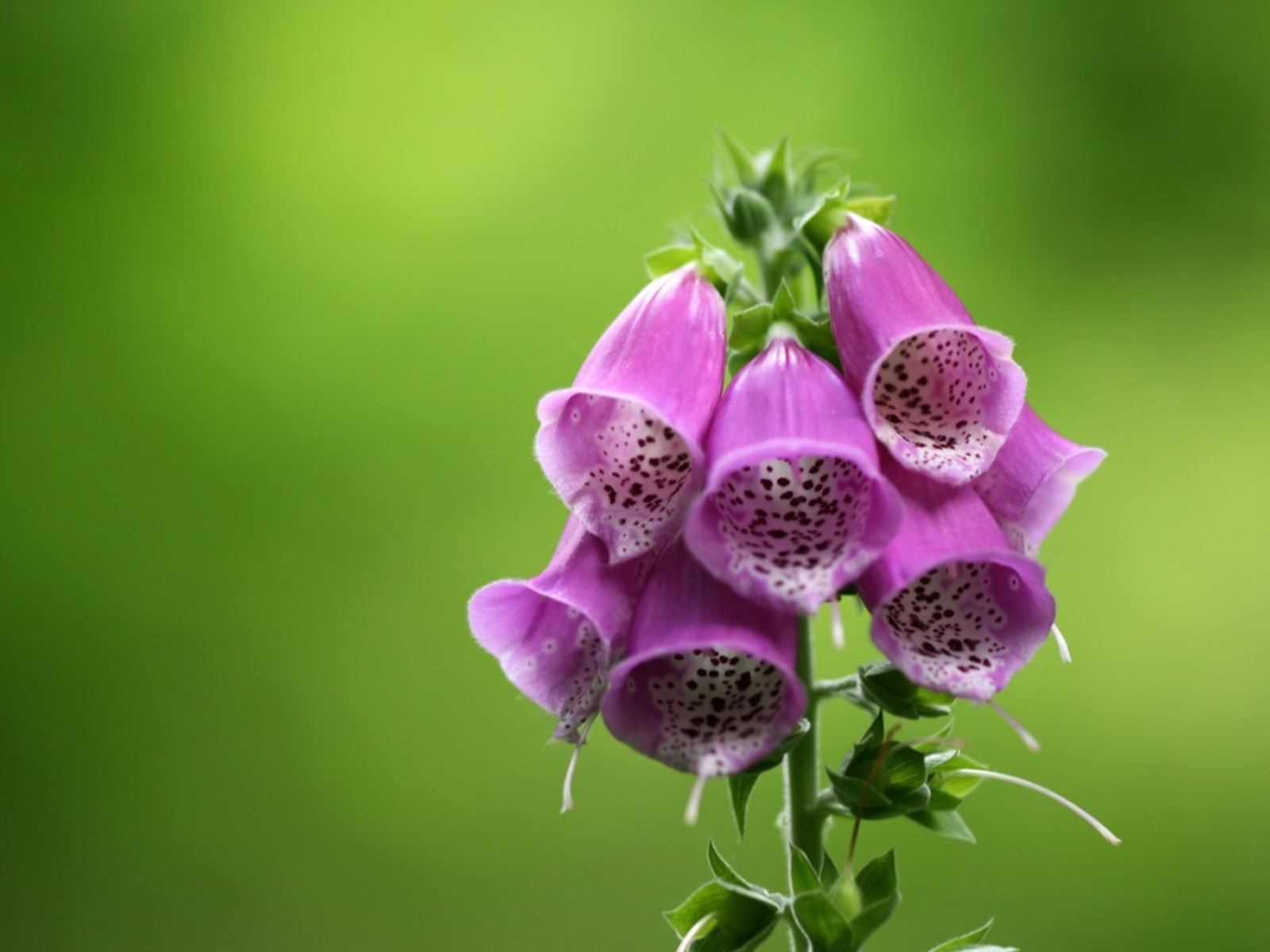 Potted Foxglove Care – Tips On Growing Foxglove In Containers
Potted Foxglove Care – Tips On Growing Foxglove In ContainersFoxgloves are big, beautiful, flowering plants that tolerate shade well. They also do very well in containers, making them perfect for adding volume and color to a shady porch or patio. Learn more about how to grow foxglove in a pot in this article.
By Liz Baessler
